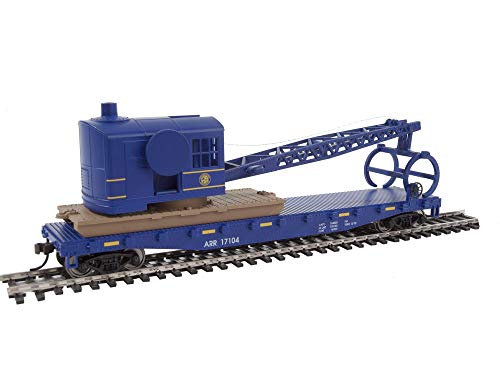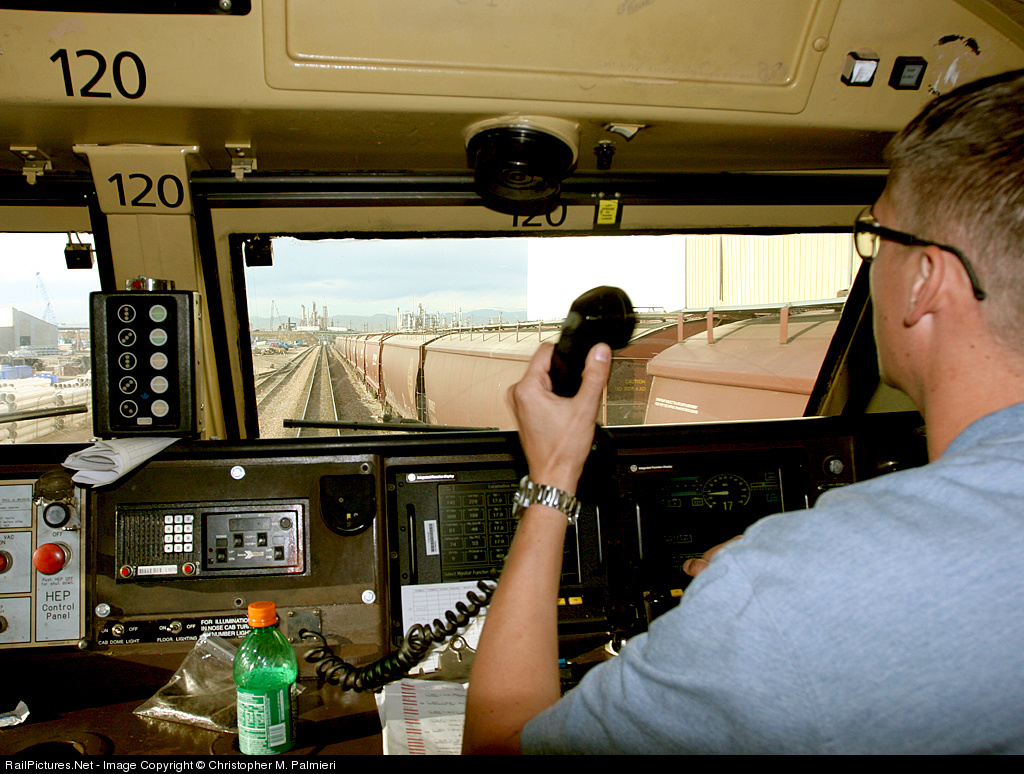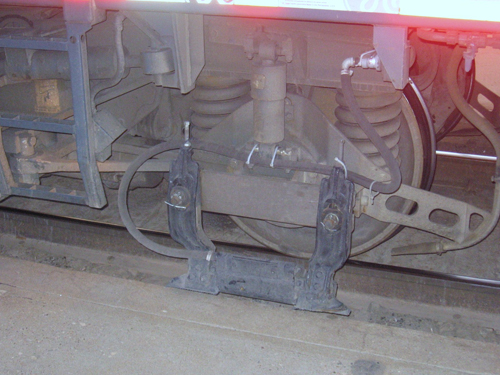Is St. Louis to Chicago 110 MPH yet? Is Amtrak running 110 on those lines yet? If not, when? WHEN can we ride a Superliner at 110 MPH??? There was a lot of hoopla about it last November, but I recall that was a short distance - not even enough to change the timetables. When is it going to be done?
Last edited by a moderator:





















